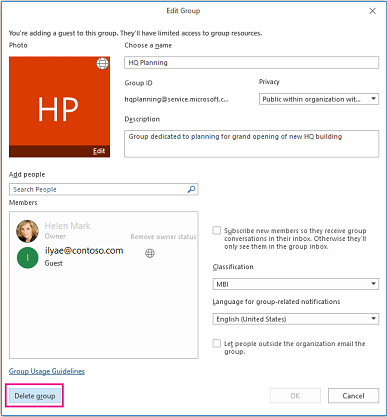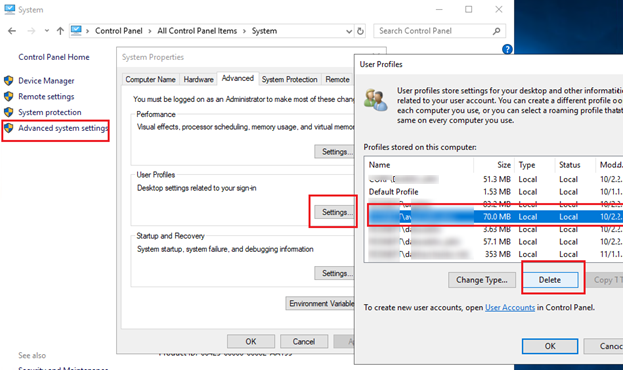

NOTE: Depending on the Windows Explorer settings, the SIP profile folder may be hidden, if you are unable to navigate to the path listed for your version of the Skype for Business or Lync client you will need to set Windows Explorer to Show Hidden Files and Directories prior to completing the steps below. To resolve the issues listed above, use the following guidance to delete the SIP profile for the affected user.
:max_bytes(150000):strip_icc()/002_remove-email-account-outlook-1173465-5c6f4034c9e77c000149e483.jpg)
Unable to search the Global Address List.Problems logging on (Check if network and DNS is okay first, though).If there are any issue with the cached files in the SIP profile, users might experience issue with desktop client such as: Skype for Business: %UserProfile%\AppData\Local\Microsoft\Office\16.0\Lync.Lync 2013: %UserProfile%\AppData\Local\Microsoft\Office\15.0\Lync.Lync 2010: %UserProfile%\AppData\Local\Microsoft\Communicator\.

This cached information is stored in the users SIP Profile in a folder named sip_( SipURI of the user) located on a Windows computer in the following folder, depending of the client version: The cache is to minimize the bandwidth consumption of the Skype for Business (Lync) client, since it retrieves a lot of information from cache. This caching information is used when the client does e.g. The desktop client of Skype for Business (or Lync 2010 / Lync 2013) cache a lot of information on the PC. I recently had a scenario, where clearing up the current Skype for Business Profile solved our problem, I our case the Skype for Business client had problems logging on and it was not related to network or DNS.


 0 kommentar(er)
0 kommentar(er)
